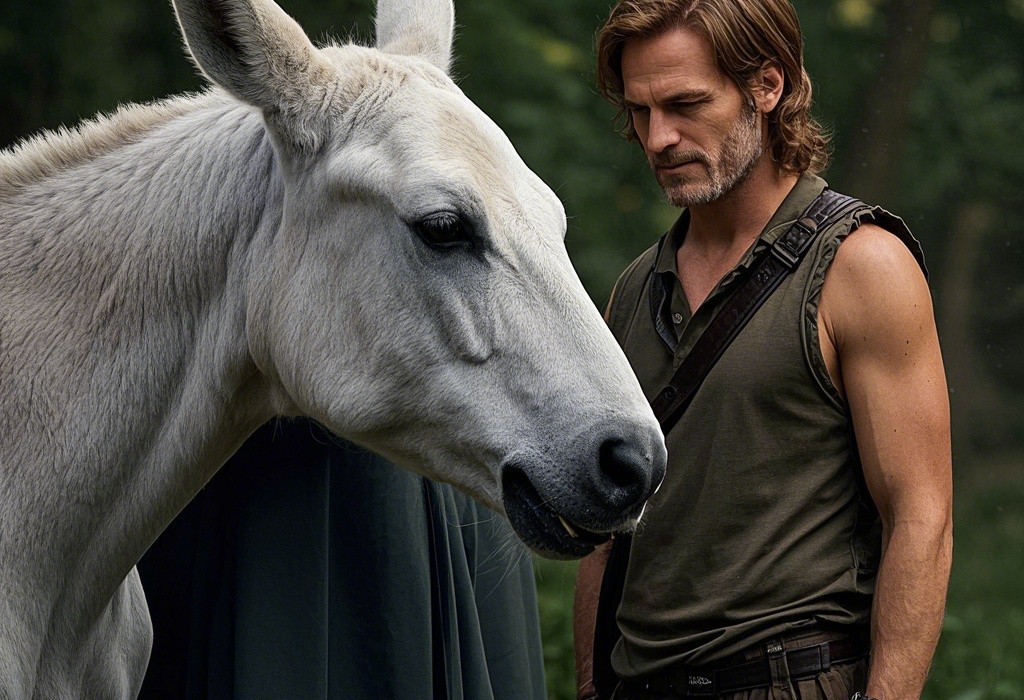From ancient domestication to modern companionship, humans and animals share a history intertwined with survival, labor, and emotional connection. This essay traces the evolution of this relationship.
Early Domestication: A Partnership for Survival
The earliest evidence of human-animal cooperation dates back 15,000 years, with dogs aiding in hunting and protection. Ancient civilizations revered animals as spiritual guides—Egyptians worshiped cats, while Native Americans viewed wolves as symbols of strength. Medium.com notes that these bonds were pragmatic, with animals essential for food, transportation, and security.
Cultural Symbolism: Animals in Myth and Art
Throughout history, animals have inspired art, literature, and religious practices. The Hindu deity Lord Ganesha embodies wisdom through his elephant head, while Greek mythology features centaurs and sirens. Even today, pets are memorialized in social media, reflecting their status as family members.
Modern Roles: From Workers to Companions
The Industrial Revolution shifted animals’ roles from laborers to companions. Urbanization led to smaller living spaces, prompting a rise in lap dogs and indoor cats. Today, pets provide emotional support, with 65% of American households owning at least one animal. This shift mirrors broader societal values, prioritizing emotional well-being over utility.
Conclusion
The human-animal bond persists as a testament to adaptability and mutual reliance. By honoring this legacy, we can foster respectful relationships that benefit both species.
















